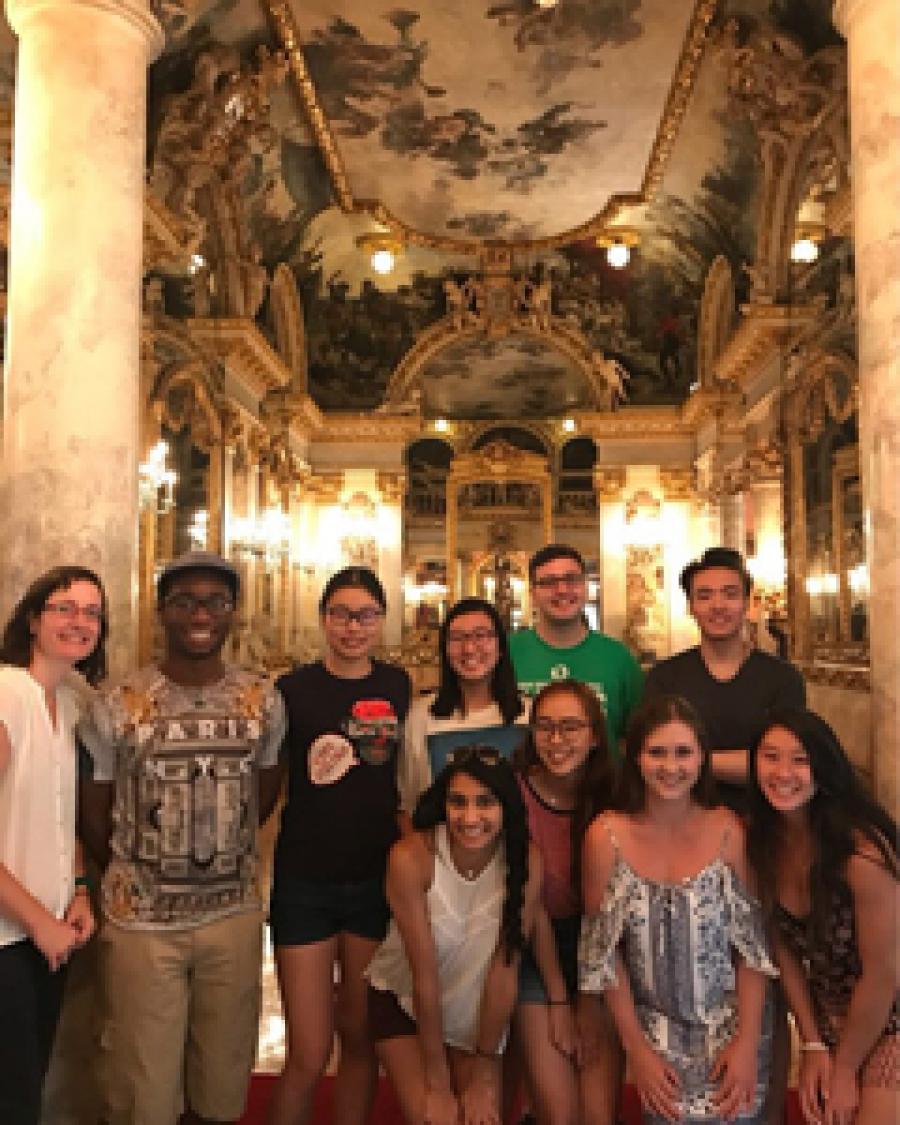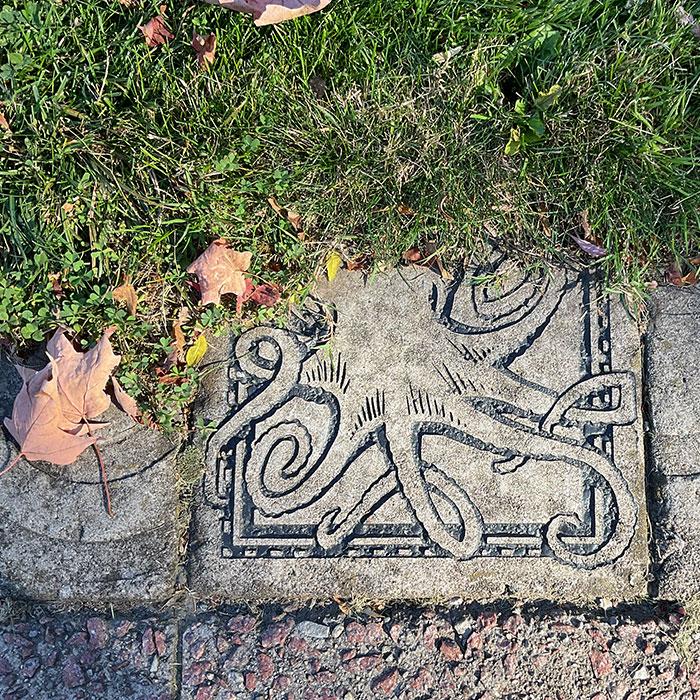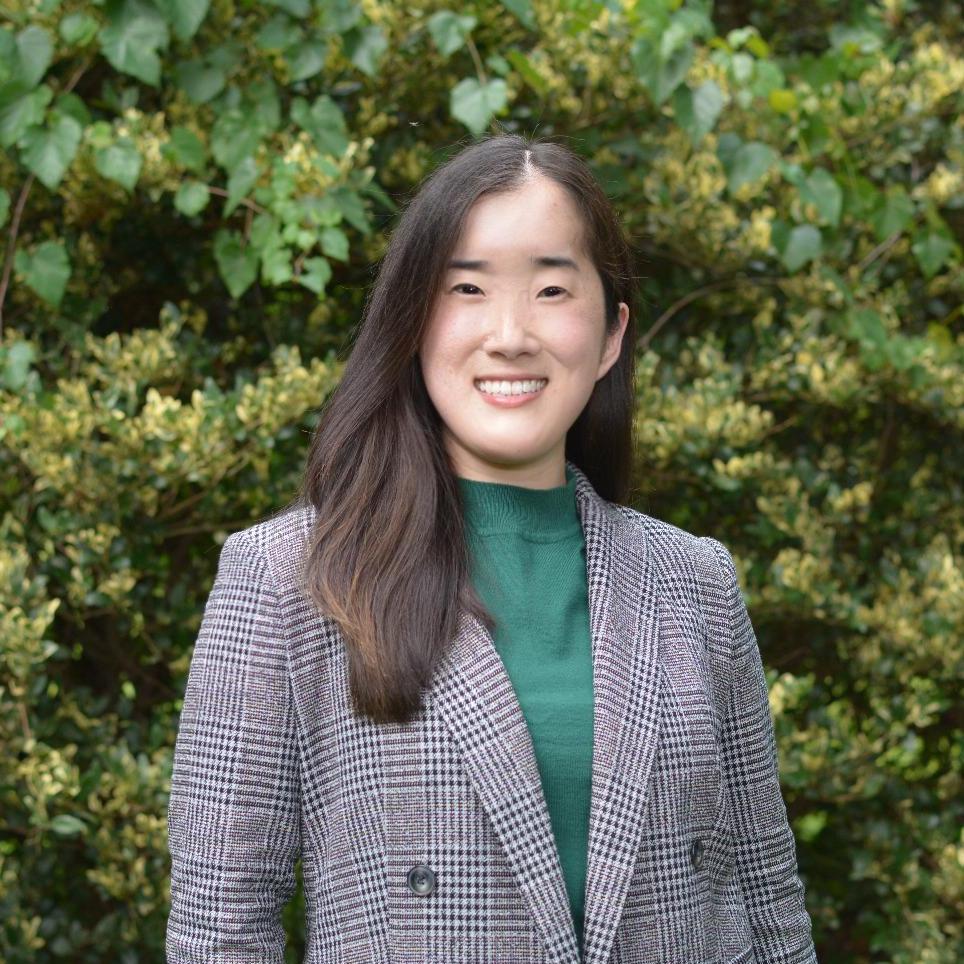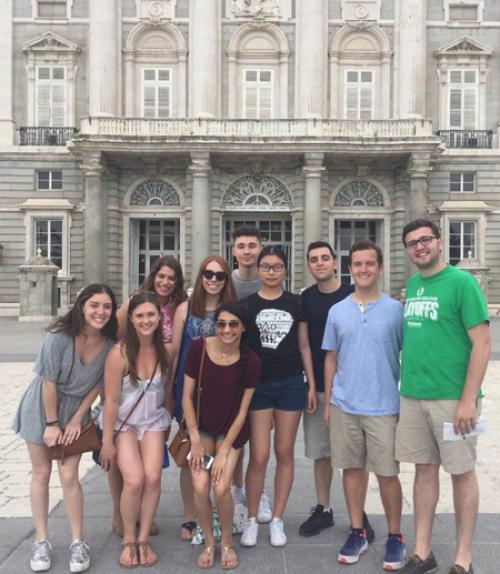Right after graduation every year, a group of Cornell students sets off for Madrid, Spain with Cornell professors for the six-week Summer in Madrid program.
At the end of the six weeks, the changes in the students are tangible, say both students and professors. Some students decide to major or minor in Spanish; some are amazed by the history they see in Europe, having traveled outside the U.S. for the first time; and all of them come back with more confidence, knowing that they can make their way in a Spanish-speaking country, order food, use public transportation and even go to movies or the theater and know what’s going on.
“I wanted to take the classes so that I would feel comfortable working with people from a Spanish-speaking country or even live someday in a Spanish-speaking country,” said Logan Altheim ‘20, a student in the School of Industrial and Labor Relations. “In my Cornell Spanish classes, there’s more pressure when you’re speaking because you don’t want to make mistakes. But here you’re speaking Spanish all of the time, with professors and with friends who are practicing their English.”That constant immersion in the language helps the students make such measurable progress after only six weeks, said Cecelia Lawless, the program director and a senior lecturer in the Department of Romance Studies. Other faculty include Alisa Linarejos Jimenez, a lecturer in the Department of Romance Studies and Jon Synder, an adjunct professor of Spanish literary and cultural studies in Madrid for the last twelve years.
“Classes really begin every morning when I’m having breakfast with my abuela (grandmother),” said Jeremiah Grant ‘17, an Africana studies major in the College of Arts & Sciences. Each student lives with a host family.
Along with eight credits of classwork, each of the 18 Cornell students in the program this summer took part in weekly field trips to cultural, historic or architecturally-significant sites. Classes were held at the Instituto Internacional Americano in Madrid, which hosts students from other U.S. universities and also offers English courses, so there’s always a mix of American and Spanish students on the premises.
On their many forays outside of the classroom, students discovered that the residents of Madrid were kind and understanding as they practiced their language skills.“They understand that we’re learning a language,” said Lauren Wong ‘18, a student in the College of Arts & Sciences. “When I was talking with a local artisan, he would say something really fast, but then he would repeat it slowly.”
Along with a focus on improving their Spanish speaking and writing skills, many students take a course on Spanish culture and history, which offers a broad introduction to Iberian cultures from the Middle Ages to the present.
“Being able to understand the culture and the country’s history back to the 1600s, as well as seeing the similarities between Arabic and Spanish, I really wanted that cultural background,” Grant said.
The trips parallel what students are studying in class, Lawless said, adding that even the novels and plays they choose to read and discuss have ties to the city. Students leave the classroom and visit a novel’s setting or go see a flamenco dance concert to experience what they’ve read about.
They also see firsthand how Madrid has transformed itself from a city formed under a right-wing government into a capital known for citizen involvement and progressive thought, Lawless said.
“We’re able to explore in the here and now the underlying political, psychological and architectural threads of the city, rather than just undertake a strictly grammar course,” she said.
Dylan Majsiak ’20 said the experience has been one of “transformation into a global citizen. I had such a limited perspective for so long.” Classes ended July 6, but some students like Dylan stayed a few extra weeks to travel around the country.
“The real objective of the program is not the learning of the verb form or the learning of the Arabic influences, it’s about the confidence,” Lawless said. “After six weeks here, the students realize ‘Wow, I can do this. I can speak Spanish.’ They are finding out who they are and gaining confidence that they can do the things they want to do. That’s fantastic for me to watch.”
Photos from top:
Students visited the Palacio Real, the Royal Palace, during their stay in Madrid; they visited the ballroom at the Museo Cerralbo, also in Madrid, and they explored an air raid tunnel carved out for the Civil War in Cuenca.







